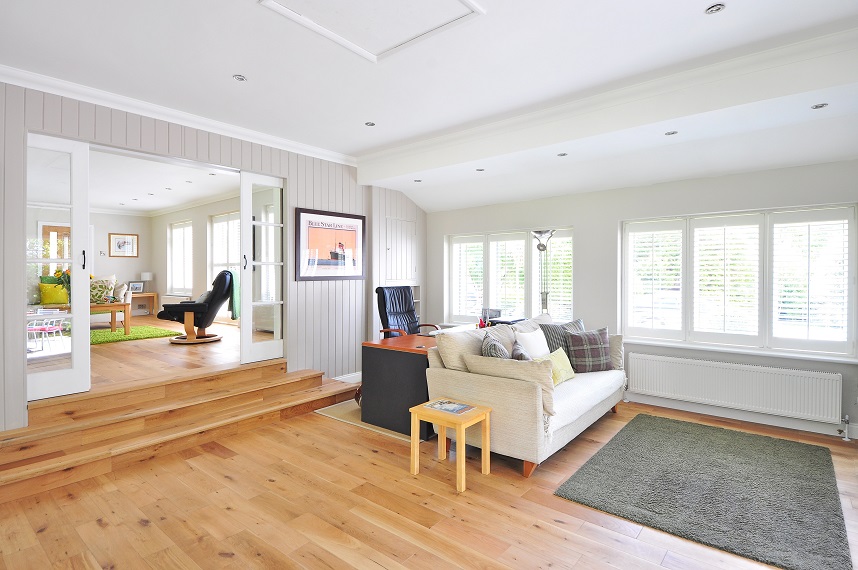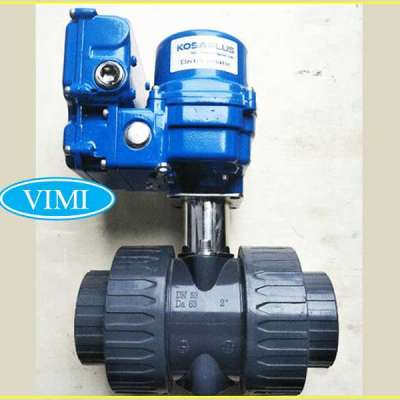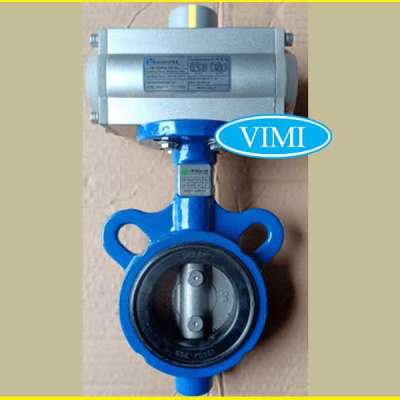Choosing the Right Speakers for Your Home Audio Setup
Whether you're looking to upgrade your existing home audio system or start setting up a new one from scratch, choosing the right speakers is a crucial decision that has a big impact on your overall listening experience. The type and quality of speakers you select will determine the clarity, balance and fullness of the sound coming from your system. In this blog post, we will cover the key factors to consider when choosing speakers and provide recommendations to help you select options that are best suited for your needs and budget.
Types of Speakers
There are several main types of speakers to consider for your home audio system. Choosing the right type depends on where and how you plan to use them.
Floor Standing Speakers
These are the largest speakers that are designed to sit directly on the floor. Floor standing speakers provide the most robust bass response and are capable of filling a large room with sound. They are a good choice for home theaters or primary listening spaces. However, they do take up more space than other options.
Bookshelf Speakers
Also known as monitor speakers, bookshelf speakers are compact enough to sit or stand on a media console or shelf. Despite their smaller size, quality bookshelf speakers can produce full-range sound. They are a great versatile option for smaller rooms or secondary listening areas in your home.
In-Wall and In-Ceiling Speakers
Perfect for dedicated home theaters or whole-home audio systems, in-wall and in-ceiling speakers are installed flush within walls and ceilings. They produce clear sound while keeping wiring and equipment hidden from view. Professional installation is required.
Outdoor Speakers
Made to withstand moisture and extreme temperatures, outdoor speakers are ideal for patio or pool areas. Look for options that are weather-resistant with securely sealed enclosures.
Components to Consider
Beyond type, there are other key factors that determine speaker quality and suitability for your needs.
Drivers
Speakers contain one or more drivers that convert electrical signals into sound waves. Quality drivers made of durable materials like aluminum produce clean, distortion-free audio. Pay attention to tweeter and woofer size and specifications.
Frequency Response
This indicates the range of bass to treble frequencies a speaker can accurately reproduce. For music and movies, aim for a response of at least 50Hz to 20kHz. More advanced models may extend lower or higher.
Power Handling
The maximum wattage a speaker can handle before damage or distortion occurs. Make sure your amplifier can comfortably drive your speakers without clipping or straining.
Impedance
How much electrical resistance a speaker presents. Most consumer amplifiers are designed for speakers rated at 6 ohms or higher.
Sensitivity
How efficiently a speaker converts power into sound volume, measured in decibels (d. More sensitive speakers (>90d need less power to get loud.
Design
Factors like ported vs. sealed enclosures, crossover components, and tweeter positioning impact sound quality. Pay attention to reviews and manufacturer reputation.
Matching Speakers to Rooms
When selecting speakers, think about how and where they'll be used within your home. Consider room size, listening position and distance from the speakers.
Large Rooms
For family rooms, living rooms or dedicated theaters over 200-300 sqft, choose powerful speakers with larger drivers that can effectively distribute sound across a wider area. Floor standers or hi-fi bookshelf speakers paired with a quality subwoofer are good options.
Small Rooms
In bedrooms, offices or dens under 150-200 sqft, compact bookshelf or satellite speakers are a space-saving choice that still provide great quality audio.
Near-Field Listening
For desks or home theater seats within 6-10 feet, look for speakers rated for near-field use that reveal more fine details even up close.
Far-Field Listening
If your primary seating is over 10 feet from the speakers, pick models optimized to deliver clear, distortion-free sound at longer distances.
Matching Speakers to Components
Choosing speakers that are appropriately matched to the other components in your home audio system is important for optimal performance.
Receiver/Amplifier Power
As mentioned before, your speakers need to be within the power handling range of your receiver or dedicated amplifier. Underpowering risks distortion, while overpowering wastes energy.
Wired vs Wireless
For a hardwired system, speaker impedance and receiver output must be compatible. Wireless options use Bluetooth or WiFi and are powered by built-in amplifiers.
Source Components
Higher-resolution sources like CD players or streaming devices with lossless files warrant speakers detailed enough to showcase their full quality.
Subwoofers
Adding accurate subwoofers lets speakers play just the mid and high frequencies they do best, resulting in a richer, fuller, more nuanced sound.
speaker Recommendations
Here are some top speaker options to consider for common home audio setup needs:
Budget Setup - Klipsch R-15M - Great sounding hi-fi bookshelf speakers with robust bass for the money.
Whole Home Audio - Klipsch Reference Premiere RP-280FA - Powerful yet detailed floor standers capable of filling any sized room.
Small Space - Kanto YU4 - Compact yet richly detailed for desks, bedrooms or offices with near-field positioning.
Outdoor Usage - Polk Audio Signa S2 - Sleek outdoor/indoor water-resistant bookshelf speakers.
Home Theater Fronts - Fluance Signature Series - Capable bookshelves with wide, even dispersion and excellent timbre matching.
Surround Sound - Pioneer SP-BS22-LR - Budget friendly yet precision engineered bookshelf speakers for side and rear channels.
In-Wall/Ceiling - Monoprice Black 5.25" - Affordable professional grade speakers that will disappear but shine.
So in summary, carefully consider your room size, listening distances, component synergy and budget when choosing speakers for your home audio system. Matching the right type and model to your specific needs and setup will bring you closer to an ideal listening experience. Let me know if you have any other questions!
Read Related:- https://audio-box.gitbook.io/g....uide-on-whole-home-a
Suka
Komentar
Membagikan
















